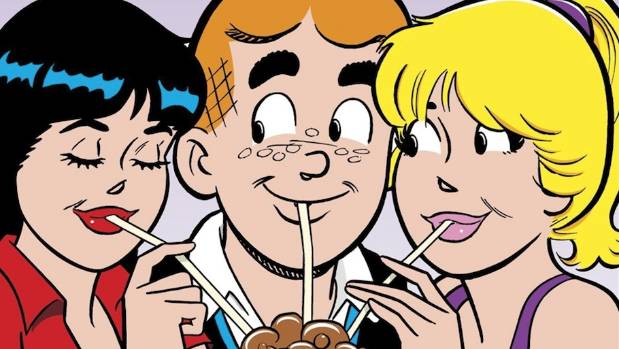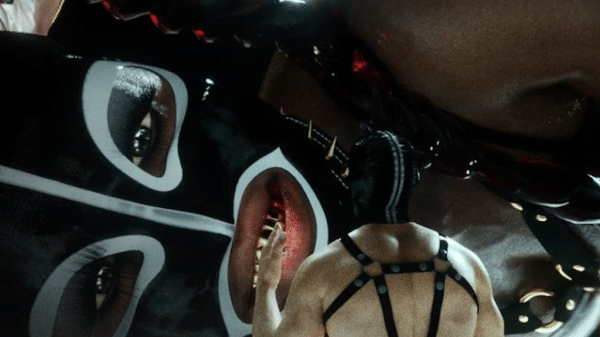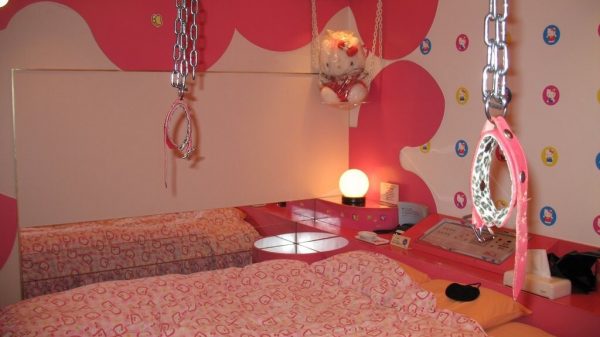After 20 years exploring polyamory, I might have more questions than answers. But if you are Googling “is polyamory for me?,” here is a less idealized perspective on polyamory with an emphasis on the tough mental health factors involved. Depending on where you pull your data from, figures of up to 20 percent of people are seeking out this new paradigm, as the traditional patterns of monogamy are not working for them. Having tried a wide span of variations in this regard, I see relationships falling on a spectrum rather than needing hard and fast definitions meant to protect insecurities. In the kink community, polyamory has become the norm and often creates an incestuous web. In my current home base of Atlanta, it’s particularly prevalent due to the repressive climate of the bible belt. This creates a line of thinking that kink = sex. If you take off your clothes for a flogging, nudity means sex. Through polyamory, they can compartmentalize their kink relationships in way that leaves the door open for sex, while not being seen as unfaithful to a monogamous partner. While I agree that rules are for games not relationships, until I’ve defined what I want from one person, then why add to the clutter?
Polyamory can take on many forms. Often confused with open relationships, where partners seek sexual partners elsewhere, polyamory is about having two or more emotional bonds – to the point that some of these polyamorous relationships might be strictly emotional, with no sex at all. Though many do include the sexual component, as they actively pursue relationships that are annexes to their primary relationship. There are mono-poly situations where only one seeks outside relationships. I have seen this work when one partner was disabled in some way and not able to meet all the needs of their partner. I dated someone under agreement of “I’m seeing you,” meaning only what you do when I physically see you is my business. This got twisted into a bizarre almost cuckolding thing as they informed me of their other experiences, yet when I told them about my own, they lost their shit. I informed them this imbalance would not work for me, and I would only accept a level playing field where the rules applied to both parties. Everyone’s needs are different in this regard, though a healthy dose of respect goes a long way.
Jealousy is the biggest hurdle most polyamorous relationships face. It is a balancing act only for actual adults, not people employing the same set of relationships skills they used in high school. It requires what the well-adjusted call “establishing healthy boundaries.” For the unhealthy, there is plenty of drama that can be mined. Polyamory in its least effective form can fuel the kind of masochistic exhibitionism that leads to lamenting on Fet-life the plight of poly-scorn, in hopes of soothing words from people willing to cosign their dysfunction. Even a hyper -aware, over-therapized person such as myself is still a human and not above jealousy. It is spurned by a fear of abandonment. As one therapist told me, “Only children get abandoned, adults get left.” That can happen in monogamous relationships just as easily poly relationships. No matter the relationship, doing the best you can on any given day is all you can do, rather than living under the delusion you can control another adult (without a safe-word) through manipulation.
What is the best Me I can bring to multiple partners? This is the next question most poly relationships should ask. Rather than creating a hierarchy of rules and bylaws, actions speak louder than anything put into writing. Adults are going to do what adults are going to do. Intentions vs actions are two different things. This makes a sense of self-awareness important. There needs to be an answer for the question, am I making a conscious choice to break unhealthy relationship patterns, or this is an attempt to hide from intimacy because I’m emotionally unavailable? Am I neglecting a relationship with myself, making one with multiple partners ineffective? If it’s a purely sexual interaction, emotion doesn’t have to be involved. I think the energy involved in the power exchange of BDSM requires more emotional intelligence than actual sex. You can have a spoken or unspoken agreement with another person that you are basically using them as a masturbatory tool to cum into. One of my favorite quotes from the book “Screw the Roses Send Me the Thorns” is the concept of how sex should be about “getting out of me and into you” – or as my therapist recently puts intimacy, “into me see.” Do I want the other person to see me? Or do I know who I am for them to see? Is there even a me there to see? These are questions you might need to answer before engaging in the complexities of polyamory.
No matter how ambitious ones amorous intentions might be, the cold fact is there are still only 24 hrs in a day and seven days in a week. Love might be a limitless energy, but time is finite. I’m a busy guy, my time is the most valuable thing I can give someone. Practicality comes into play – how is this divided up? This can become a minefield for co-dependents, as multiple partners can become a excellent way of hiding in other people and not taking care of yourself. You can never be too clear in boundaries for both physical and emotional safety. When you bring in people from the vanilla world’s drunken hook up culture, you increase the chances of disease not only infecting you, but the other partners. Most kink circles are hyper risk-aware, with vetting processes for outside partners. For emotional safety, it is a good idea to be well versed in self-soothing and self-defense skills such as the mantra, “what other people do is not a reflection of me.”
Unlike kink/BDSM, which is a part of who I am as a person, polyamory is just a template that can be placed on a relationship if that is a direction it needs to go in. Over the course of dating, when this is brought up it’s assumed polyamory is the only model I use, until I point out I was also in a monogamous marriage. The traditional model of monogamy is certainly outdated. It would be foolish for me to pursue old models of relationships that were ineffective in hope of different results. I value the concept that people are not possessions. Can you truly love someone if you do not honor their free will? Is my attachment to someone based off a concept I am trying to define myself by, and not a mutual shared vision? I think polyamory is an important demonstration of what is possible – it offers another color we can choose to paint our lives with. The question is, what kind of life are we trying to paint? Not all colors work on every canvas. For me, it’s knowing I have the freedom to create a life with any color I might choose. My past shows I prefer shades of black, gray, red and purple, but what if I choose yellow this time around? Though even in non-monogamy there are many shades of purple that might or might not work, paying attention to the creative voice inside of us it the only way to know. Do we have the courage to listen?
















